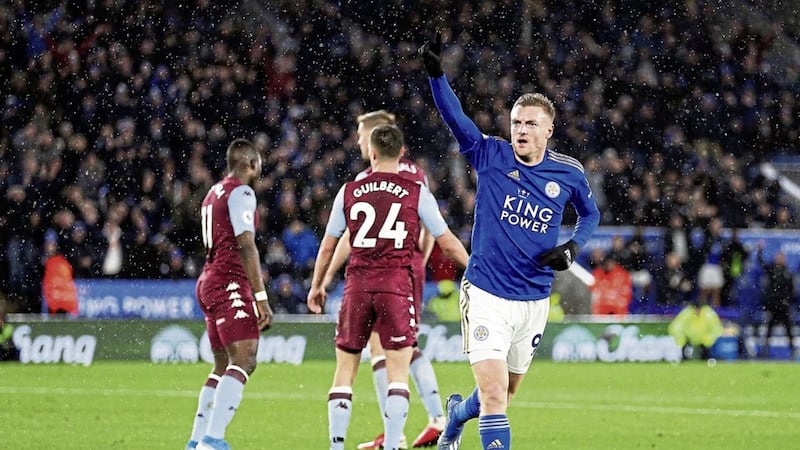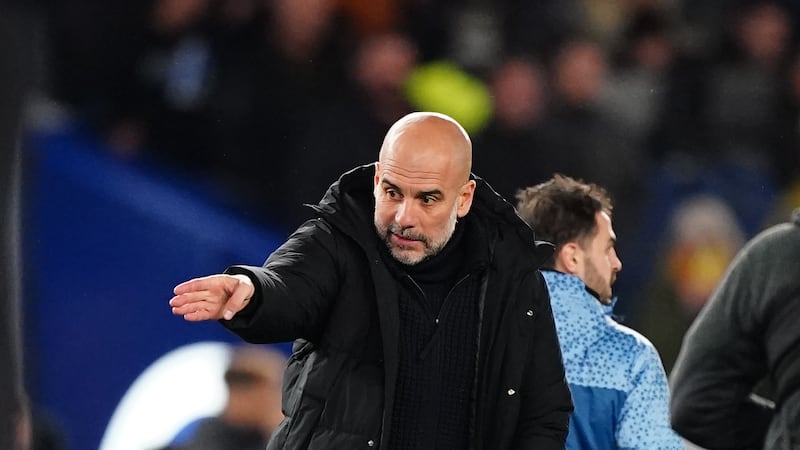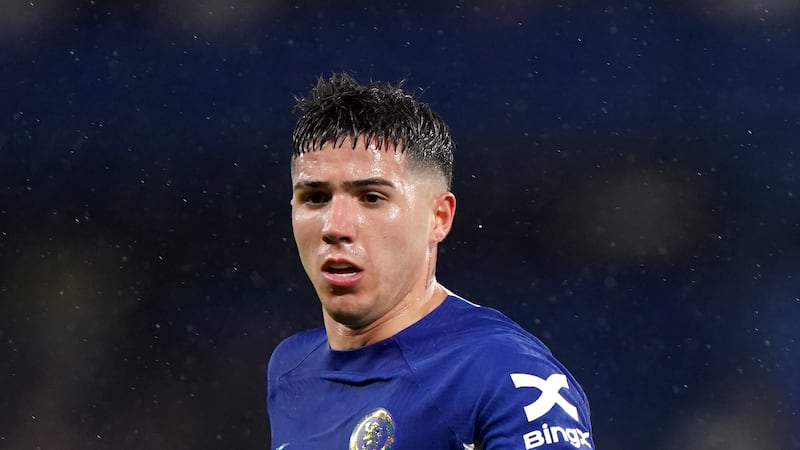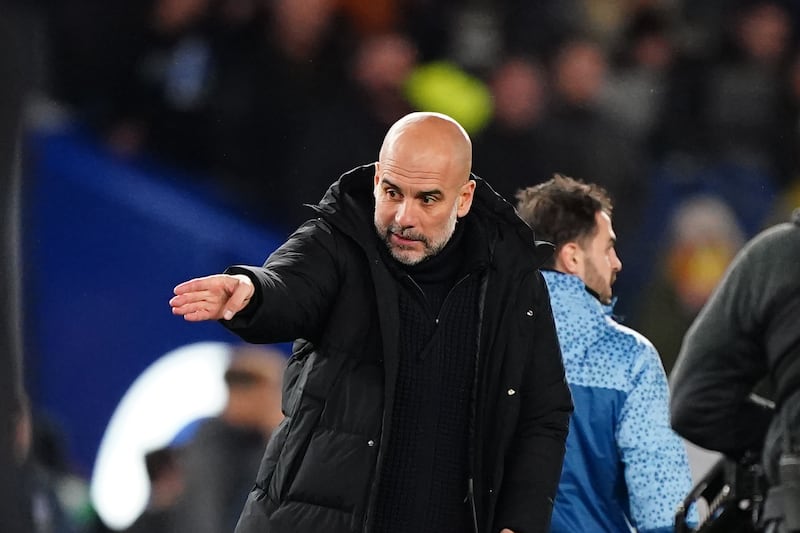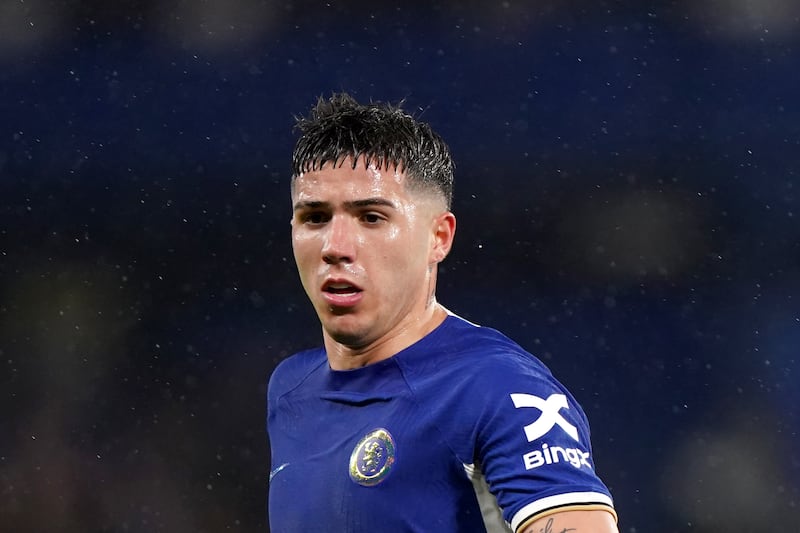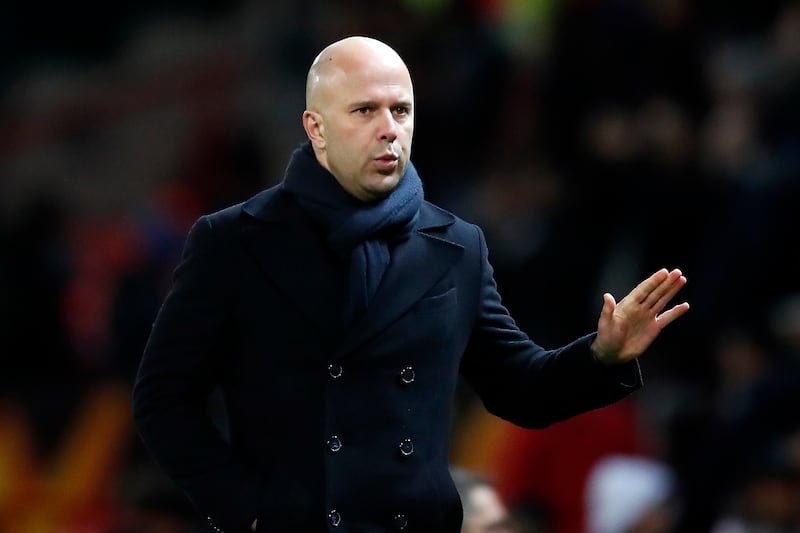The Big Freeze – What football’s poetic symmetry can tell us about Project Restart Premier League fates
FOUR days. Only Four. More. Days.
Three full months (and then some) will have passed since last a Premier League ball was kicked, by the time Aston Villa and Sheffield United do battle in the noiseless vacuum of an empty Villa Park on Wednesday, June 17.
Whether by coincidence or design, football, like it so often does, has dusted a little poetic symmetry onto the Premier League’s Welcome Back cake.
Starved for 99 days, the last domestic morsel fans were treated to was Villa’s 4-0 drubbing at Leicester City on a Monday night in early March and whilst the focus of sporting fans and media outlets will undoubtedly be on the much-anticipated re-launch, the overlooked matter of the three points on offer can have a defining impact on Villa’s season.
Finding only beleaguered Norwich City behind them in the table, the outcome of next week’s bonus outlying fixture with the Blades would see a Villa win pull them out of the relegation zone, with each team then having nine games to write the final chapters on an unorthodox 2019-20 Premier League campaign.
Unorthodox, but not unique.
Football fans throughout the land will have certainly learned by now that this is not the English top-flight has had to deal with an enforced – if unscheduled – mid-season interruption.
The Big Freeze in the winter of 1962 saw league football generally grind to a halt between St Stephen’s Day and mid-March of 1963, as pitches nationwide either lay under snow or resembling playing surfaces more commonplace at a Winter Olympics.
Back then, as it lies poised to today, the thaw came and football resumed with Everton eventually capturing the old First Division title.
The Toffees, imperious at home that season, ran out six points clear of Spurs in second, a healthy enough gap in the days of only two points for a win, one could suggest.
The Merseysiders’ consistency, both before the break and afterwards, was the catalyst for their success – a statement that rings hauntingly parallel in 2020 as it did in 1963.
What may be of interest, however, to modern-day predicteurs, is how the break seemed to affect the fortunes of others
There were winners.
Those that seemed to benefit most from the break were teams that had the least fixture congestion. Wolves, Leicester and that Jimmy Greaves-inspired Spurs side rocketed up the table post-break, each securing top-five finishes. Leicester, in particular, benefitted from sneaking the odd game in over January and February, leaving them more breathing space upon general resumption.
The Foxes went on an unbelievable run of suffering only one defeat in a 21 one-game spell between December 26 and the end of April and also reached the FA Cup Final. Spurs, who similarly went about their business in January and February, complemented their second-place league finish with capturing the European Cup-Winners’ Cup.
Fast forward to today and fans of teams not involved in cup competitions can take heart. The sweet spot many fans may want to find themselves in is ironically only having nine games to look forward to.
Eerily, Tottenham finds themselves there again, having masterminded their FA Cup and Champions League exits in that final week before lockdown.
Could we see Jose Mourinho’s side make up the seven-point gap to Chelsea and claim a top-four spot?
The answer is probably not - but history at the very least gives them a chance.
Others who can justifiably have cause for optimism include fans of Arsenal, Burnley and Crystal Palace.
Evidence collated from the 1962/63 season debunks the widely-held human notion that a ball hitting a wall can’t maintain momentum thereafter.
That season, the likes of Liverpool and West Ham had recovered from inauspicious starts to show form just before Christmas and managed to maintain that form on the other side of the break too.
Similar to the aforementioned Leicester side, Bill Shankly’s Liverpool managed a healthy run of only one defeat in 20 matches either side of the break, with only a ropy top-and-tail seeing them finish in eighth.
The sobering flipside to that is that the same pattern is found in those experiencing particularly bad form before cessation.
Poor old Leyton Orient.
Having not picked up a single league victory throughout October, November or December, the Os must have been delighted when nature interceded on their behalf.
Ultimately, however, dreams of a Lazarus-like revival were extinguished as quickly as they ignited. The Londoners didn’t win a game until mid-April and ended their only season in top-flight football cut adrift at the bottom of the league.
Joining them in falling through the trapdoor that season were Man City. What a difference six decades make.
Followers of Villa, West Ham and Bournemouth take heed. The Citizens were doing fairly well in the early part of the 62/63 campaign. But what started as an innocuous trip materialised into a full-blown fall either side of the thaw.
Others suffered similar bouts of early-season promise, only to give way to mediocrity. The snow and ice serving as no great cushion for a few falls.
Unfancied Aston Villa, who had made a bright start to the campaign and booked a League Cup final berth, plummeted on the resumption of the campaign when they lost 11 straight league games. And the final to boot.
Not a great omen for the diehards at Leicester, Wolves and Sheffield United.
Alas, applying science to football has never been straightforward at the best of times, never mind trying to map a half-season that happened in the 1960s onto a nine-game mini-series at the tail-end of the 2019/2020 campaign.
What we can call it, is food for thought. Some (dis)comforting as we finally close the circle on the 2019/20 Premier League season and in doing so, attain symmetry.
